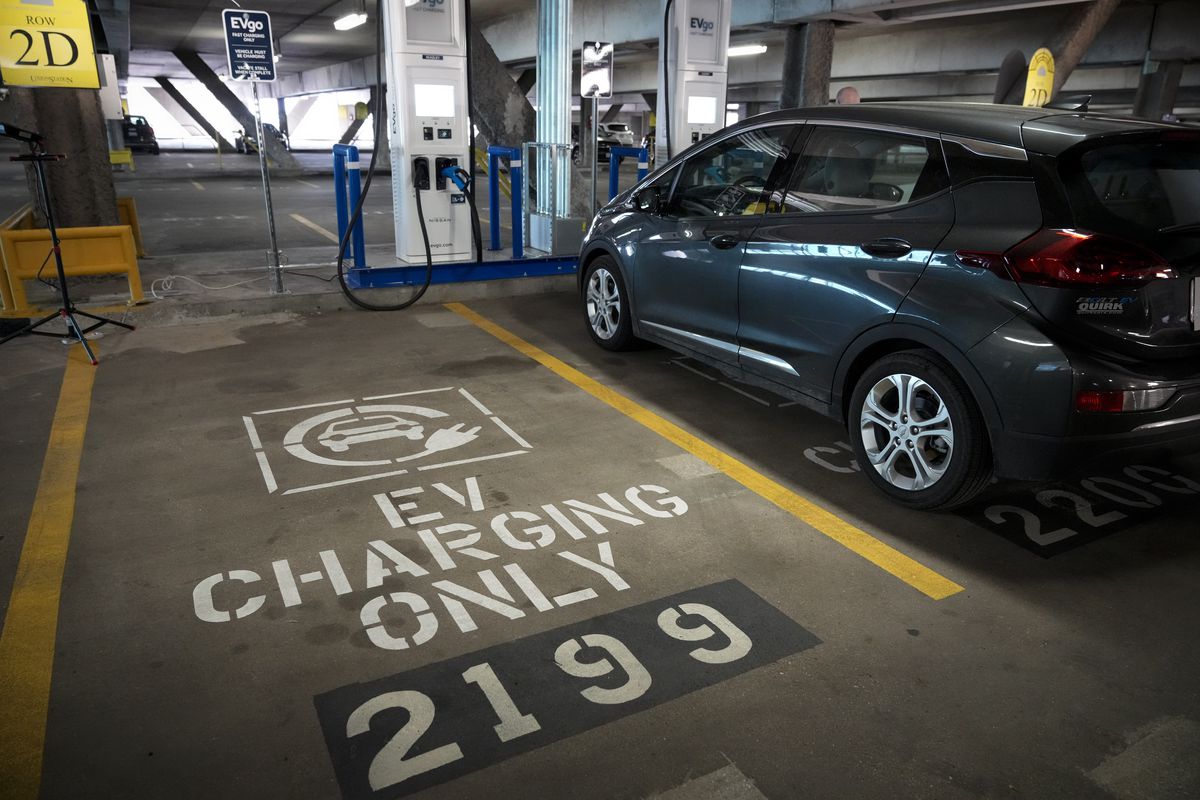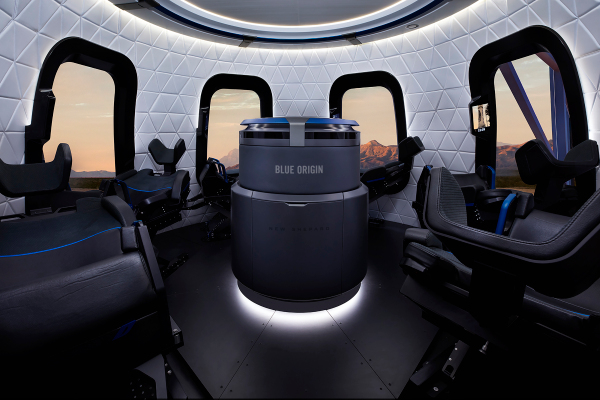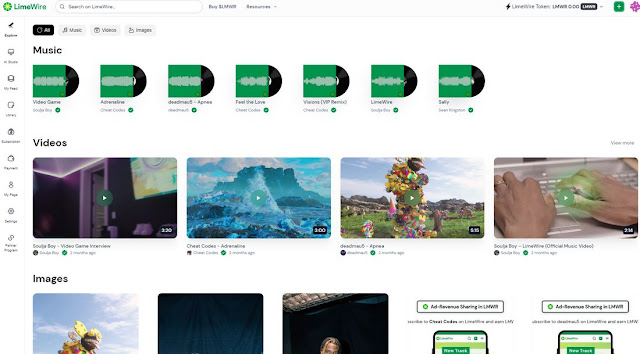Joe Biden is a self-professed “car guy.” As of late, he’s become an electric car guy. And he wants his fellow Americans to be electric car people too. Transportation is responsible for 29 percent of all US greenhouse gas emissions, and Biden’s ambitious climate policy, which aims to create a net-zero economy in the US by 2050, partially hinges on Americans switching from gas- to electric-powered cars and trucks.
But Biden is running into roadblocks. While the bipartisan infrastructure bill he signed into law in November included funding to build half a million EV chargers across the nation, the Build Back Better bill that would have included thousands of dollars in tax credits to help Americans buy electric cars is currently stalled in the Senate as Democrats try to find a compromise that satisfies Sen. Joe Manchin (D-WV), who has refused to sign it in its current form. Another challenge is how Americans feel about EVs compared to traditional cars: A 2021 Pew Research Center report found that 51 percent of US adults oppose a proposal to phase out production of gasoline-powered cars and trucks.
So what will it take to convince more people to embrace EVs? One answer might be for everyone to rethink what EVs actually are. Most Americans, including Biden, talk about electric vehicles solely as modes of transport — which is understandable, given they have motors and wheels and get us around. But they are so much more than cars: they’re batteries, and batteries have uses far beyond transport. Done right, integrating EVs into American society could help prevent power blackouts, stabilize the US’s crumbling electric grid, and make solar and wind energy more reliable sources of power for more people. The first step is to stop thinking about electric vehicles as cars that happen to be powered by batteries, and instead see them as batteries that happen to be inside cars.
Getting there won’t be easy. “This sort of perception issue can be a challenge because it’s really a paradigm shift,” said Sam Houston, a senior analyst at the Union of Concerned Scientists, a science-focused nonprofit based in Massachusetts. Historically, vehicles have mostly had a singular use in American society: to get people and goods from one place to another. Outside of ride-sharing, cars only serve their owners. Most gas-powered cars spend the majority of the day sitting idle while we are at home or work. But electric cars can do a lot when they’re not moving.
“What we need to get to is not just thinking about vehicles for transportation and a grid to support those vehicles, but sort of a mutually beneficial relationship between grids and vehicles,” Houston told Recode. As an example, she pointed to renewable energy: One of the biggest challenges to integrating renewable energy into the grid is that it’s unpredictable. Sometimes there may be too much wind and solar energy, and there’s no good way to store the excess. Instead, extra renewable energy often goes to waste untapped. Electric vehicles, Houston said, could be a solution to this problem.
A car left at a charger in an office parking lot during the workday, for example, can optimize its charging schedule so that most or all of the power used to charge the car comes from renewable sources, making the most of clean energy that might otherwise go wasted.

EVs can also be useful to the grid even if there’s no clean energy available. Utility engineers are continually making adjustments to the amount of power flowing through the grid to ensure electricity is being generated and delivered at a consistent frequency. Too little power generation to meet demand is one of the most obvious reasons for blackouts, but too much power is just as big an issue. Electric vehicles could act like sponges in those situations, explained Kyri Baker, an assistant professor of engineering at the University of Colorado Boulder and a member of the Institute of Electrical and Electronics Engineers.
“If you have a bunch of EVs just sitting in a parking lot, they can charge or stop charging in order to make small minute adjustments in the supply and demand balance to maintain frequency,” Baker told Recode. Instead of simply charging their batteries to full as soon as they’re plugged in, cars that are sitting at chargers for extended periods of time can wait to charge until the grid needs help getting rid of excess energy, or they can reserve a portion of their batteries for helping with frequency regulation.
That’s just the beginning. One of the most ambitious uses of EV batteries comes from a concept called bidirectional charging, or sending electricity back out of an EV to charge things ranging from power tools at construction sites to entire homes during blackouts.
This is particularly alluring in an era of more frequent and more severe blackouts caused by extreme weather: EV owners could conceivably get power at home during blackouts by plugging their car into a charger in their home — and this would eliminate the need for the sometimes deadly, carbon monoxide-spewing diesel generators many people currently rely on.
Electric vehicle manufacturers are starting to use this idea as a selling point. Volkswagen’s electric vehicles will support bidirectional charging starting this year, and Ford’s upcoming F-150 Lightning, an electric version of the country’s most popular pickup truck, is designed to be able to power an entire home for up to three days. An early ad for the F-150 Lightning, released about three months after a series of winter storms in Texas knocked out power for millions and killed hundreds across the state in 2021, showed off the truck’s credentials: It can “help build your house,” the ad’s narrator said, “and if need be, power that house.”
The marketing seems to be working; as of December, nearly 200,000 people had preordered the F-150 Lightning. “Ten years ago I never would have thought that Ford would have put out an electric F-150, and I would have also never predicted how many people would have preordered it, especially in rural and conservative areas,” said Baker. “Climate change is hitting everywhere in the US, and so whether you believe in the science behind it or not, you want to protect your family. Having a large battery that can be a backup generator is just one way to do that.”

Not every carmaker is as open to bidirectional charging as Ford and Volkswagen, though. The batteries in electric vehicles are larger versions of the lithium-ion batteries used in phones and laptops, and they degrade over time just as the batteries in our phones do — which means the range of an EV will reduce over time. Most electric vehicles come with battery warranties that are voided if the batteries are discharged to power something else, in part because constantly charging and discharging a battery can make it degrade faster.
Baker isn’t quite as worried about degradation as some others in the industry. “Every time I have these conversations with people about bidirectional charging, the pushback is always that it’ll degrade the battery,” Baker told Recode. “But if you take a look at how often people in the US replace their cars, I don’t think that’s going to be a roadblock. In terms of the car’s lifespan, I feel like we’re blowing this out of proportion.” Americans tend to keep their cars for 12 years on average, and electric vehicles often enter the used car market long before their batteries see major degradation.
And batteries can still be useful even if they’re too degraded for use in cars. Houston told Recode they tend to be considered too degraded once they can only hold about 80 percent of the original capacity, which is still a significant amount of energy. “We really need to figure out the reuse and recycling angle for after the vehicle is done and the battery may have a lot of capacity left,” Houston said.
One possible solution — and another reason to see EVs as more than vehicles — is that old EV batteries can be removed from cars and used to store solar and wind power. This idea is already seeing some traction: A startup called B2U Storage Solutions has set up an energy storage facility in California that stores enough energy in an array of 160 used Nissan Leaf batteries to power more than 90 homes a day. And Hyundai is partnering with a solar energy developer and a utility company serving San Antonio, Texas, to set up a similar facility.
The obvious next step, Baker says, is to solve the degradation and recycling problems at the same time by setting up processes that would allow EV owners to easily swap out their old batteries in much the same way you can replace the battery in your phone. Those degraded batteries could then be sent to energy storage facilities like the one in California.
On a technical level, repurposing EV batteries for non-transport uses is fairly easy to set up, explained Mike Jacobs, a senior energy analyst at the Union of Concerned Scientists. The same cable that delivers energy to an EV can be used to draw energy out of the battery and use it to power a home. But it’s more complicated when it comes to energy policy and logistics in the US. Most homes aren’t wired for receiving backup power in blackouts — Ford’s own website includes the caveat that backup power would only work “when home is properly equipped” with a switch that disconnects the house from the grid. And just as many parts of the US power grid aren’t set up to integrate solar and wind power into regular operations, it’s not equipped to draw on energy from electric cars when needed.
The main problem, Jacobs told Recode, is that utility companies have historically had a monopoly on energy generation in the country, and they’re unwilling to let go of their literal and metaphorical power. “It really comes down to the enthusiasm of the utility to sort it out,” Jacobs said. “And whether there’s any value for them to spend the time on it.” Profit-wise, there doesn’t seem to be a reason why a utility would want to do that.
One of the starkest examples of the hold utilities have over energy generation in the US comes from solar panels, Baker told Recode. For the safety of their linesmen, utilities set up the circuits in most homes to simply shut down in a blackout, even if backup power is available. “If you have rooftop solar, chances are, during a grid outage, your rooftop solar won’t be able to power your house,” Baker said. “This is a huge issue because people buy solar thinking they’re going to power their houses during an outage.” To make rooftop solar — and backup power from EVs — work during a blackout, Baker explained, homeowners would have to wire their panels and EV charger on a separate circuit from the energy provided by the utility, which is a costly proposition that also undoes the benefits of integrating EV batteries into the grid.
But we don’t have to make a choice between the grid and backup power from EV batteries: They can coexist, and effectively integrating them could have a significant impact on emissions. “The technology is here,” said Houston. “It’s a matter of breaking down the policy and administrative barriers.”
Breaking down those barriers would help create a paradigm shift in how we think about electricity generation, just as using our cars as batteries would be a paradigm shift. Electric vehicles are by no means a magic fix to our climate woes — there are plenty of sources of greenhouse gas emissions outside of cars, and a reduction in transportation emissions will only go so far if our EVs get their energy from fossil fuel-powered plants. But their potential stretches far beyond their wheels, and more Americans recognizing that could mean more will decide to make the switch to electric. Saving our planet is going to require big, bold changes; buying a battery that just so happens to provide transportation is the rare tangible contribution regular folks can make to help solve the climate crisis.
“And in reality,” said Jacobs, “when we’re talking about giving up fossil fuels, this all counts.”







